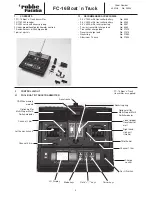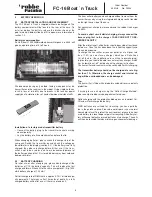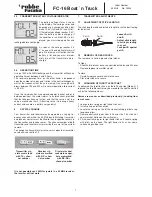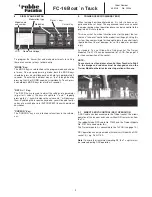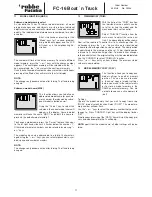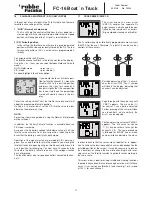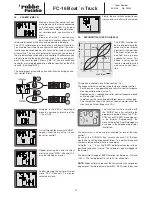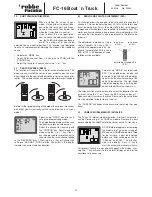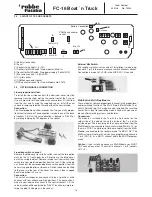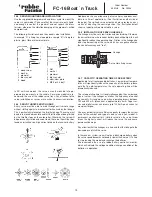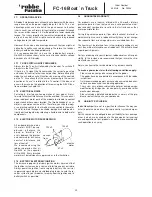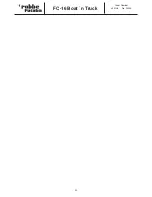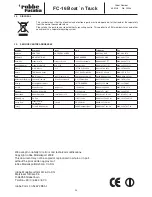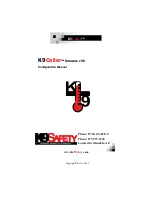
Order Number
40 MHz No. F4044
FC-16 Boat `n Truck
18
Super Light Set Trailer
No 8412
Used to extend the Truck Light Set when operating a Trailer with
lights.
Sound Module Truck
No 8268
Similar to Navy Sound Module, in addition to the Diesel motor
sound it has:
• Compressed air release
• Martins Horn
• Normal Horn
• Air Horns
Operating voltage: 6-12 Volt, Power output: approx. 6 W into 8
Ohms at 12 V.
Sound Module Navy
No.8270
A sound module for model boats, containing six digitally
stored original sounds. At any time a signal can be super-
imposed on the engine noise simultaneously, such as the
Martins horn, foghorn, ship’s bell, typhoon or destroyer
siren, without interrupting the sound of the diesel engine.
The diesel engine sound varies according to the speed of the
drive motor, and features start-up and run-down sound phases.
The sound module features an integral 8-channel multi-switch de-
coder, which is used to switch the individual sounds on and off.
26. RECEIVER AERIAL
The receiver aerial is connected
directly to the Rx PCB. The ae-
rial length MUST NOT be shor-
tened or lengthened.
If it is not possible to accommo-
date your aerial in your model,
place it in an S-shape near to
the receiver. Best solution is to
coil it around cardboard, ply or
plastic plate as in the schematic
diagram. This will not reduce the range.
Protect the aerial from tension, shock or bending. Where it exits
the model feed it through a length of silicon fuel tube to protect
the aerial. The aerial must be kept well clear of any rotating parts
of the drivetrain.
26.1 SWITCH HARNESS
The Rx switch harness must be operable in both directions with
no mechanical limits. The opening in the model must be large
enough to allow full action of the slide switch. With IC powered
models the switch should be placed on the opposite side of the
model to the exhaust, so that no oil and dirt can contaminate the
switch contacts. If using many, powerful digital servos, we recom-
mend the use of a double battery system.
26.2 SERVO CABLES
Take care when installing the servo cabling that they are not sub-
ject to tension or shock loads and are not bent in a tight radius
or broken. Make sure that they do not rub against sharp edges,
which might damage the insulation. When unplugging, do not pull
on the cables directly, instead pull on the plug housing.
Do not lay cables in an untidy manner, it is better to group and
retain them with tape or tie-wrap to the hull sidewall or vehicle
chassis. No modifications should be made, avoid short circuits
and check polarity. The associated servos and other electronic
devices are not protected against such abuse.
26.3 SERVO SUPPRESSION FILTERS
When using long servo cables or extension leads, the cables can
act as an aerial and introduce unwanted interference into the re-
ceiver. Therefore if there is a straight run of more than 50 cm, we
recommend you use twisted servo leads (F1452)
Even better is the use of additional servo suppression filters
(No. F1413).

